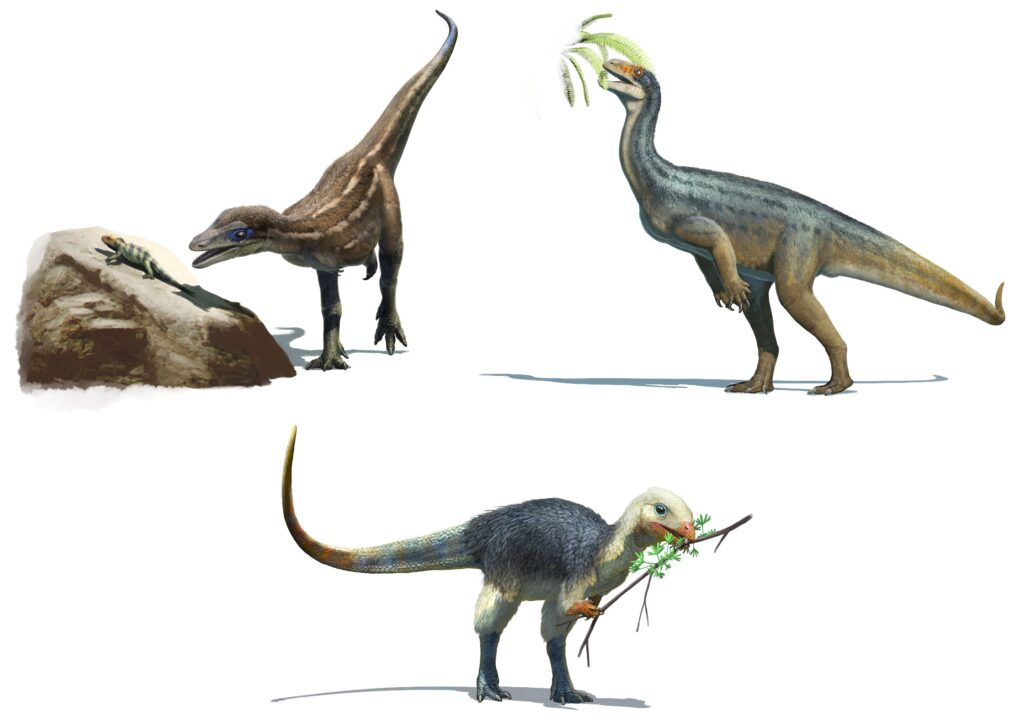University of Alaska Fairbanks scientists have unveiled a groundbreaking discovery — the largest single dinosaur track site ever documented in Alaska. Named “The Coliseum,” this expansive site in Denali National Park and Preserve spans one-and-a-half football fields, showcasing a multitude of dinosaur footprints intricately preserved in rock layers. The findings, detailed in a recent publication in the journal Historical Biology, provide a remarkable record of diverse dinosaur species thriving in Interior Alaska approximately 70 million years ago.
Lead author Dustin Stewart, a former UAF graduate student, emphasized the significance of The Coliseum, describing it as a chronological sequence capturing multiple generations of dinosaurs. This surpasses previous track sites in Denali both in scale and complexity.
Initially inconspicuous against the park’s vast landscape, The Coliseum revealed its awe-inspiring nature when observed under the perfect angle of the setting sun. The cliffs, formed during the Late Cretaceous Period, were initially sediment on a flat surface near a probable watering hole on an expansive flood plain. As tectonic forces shaped the Alaska Range, the once-flat terrain folded and tilted, exposing the cliffs adorned with dinosaur tracks — a mix of hardened impressions in ancient mud and casts formed by sediment filling and solidifying within the tracks.
Pat Druckenmiller, senior author and director of the University of Alaska Museum of the North, highlighted the beauty of the tracks, showcasing details like toe shapes and skin textures. Alongside the dinosaur footprints, the research team uncovered fossilized plants, pollen grains, freshwater shellfish, and invertebrates, providing insights into the prehistoric environment.
The region, once part of a large river system with nearby ponds and lakes, boasted a warmer climate reminiscent of the Pacific Northwest. A variety of dinosaurs, from juveniles to adults, frequented the area over thousands of years, including large plant-eating duck-billed and horned dinosaurs, as well as rarer carnivores like raptors and tyrannosaurs. The findings paint a vivid picture of an ancient ecosystem teeming with diverse life.
Druckenmiller stressed the importance of preserving sites like The Coliseum, linking them to the National Park Service’s mission. While protecting these world-class fossil sites from disturbance and theft, they also encourage visitors to explore for fossils in their geological context, contributing to a deeper understanding of landscape and ecosystem evolution through time.
Collaboration with the National Park Service will persist as Druckenmiller plans to further study The Coliseum and other track sites, anticipating more revelations from this remarkable journey into the prehistoric past.
